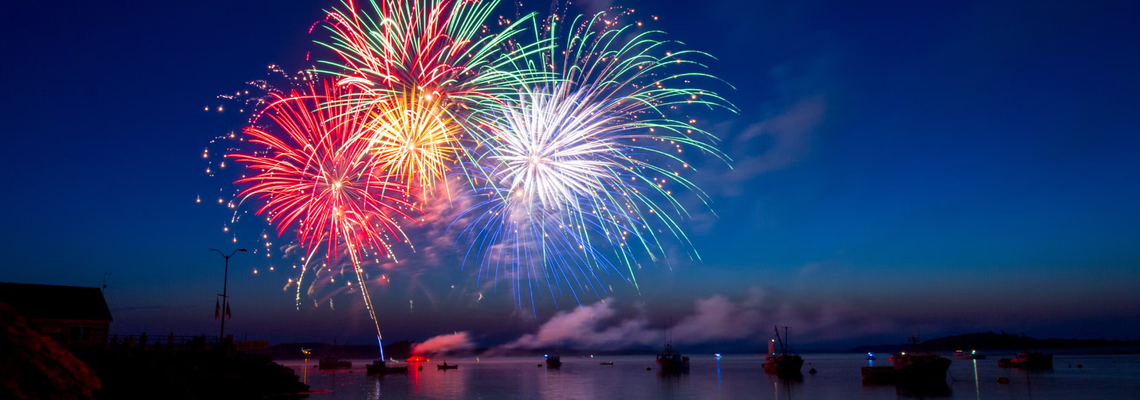
The rude awakening: Fine dust, dirt and soot on New Year's Day
Every year: New Year's Day, the day when the smell of sulphur is still in the air and grey smears cover the sky. Rubbish and soot everywhere on the streets, damaged cars here and there.
The fun is great at midnight, when the bells ring in the new year. When rockets and fireworks are set off, we all marvel at the beautiful lights in the sky and toast with champagne on the balcony while we light sparklers, firecrackers or golden showers.
The moment usually flies by quickly. An hour or two later, we're back at the table, one last glass in hand. But the chaos caused by this one night in our cities remains.
The air pollution - usually still visible in streaks this morning - is quickly forgotten. But the impact that our partying has on our health is enormous. Particulate matter can penetrate deep into the lungs and lead to cardiovascular disease. According to the Federal Statistical Office, around 2050 tonnes of particulate matter (PM10) were released around New Year's Eve in 2020, for example. This corresponds to around one per cent of the annual amount. For PM 2.5, i.e. the smaller fine dust particles, the proportion was even 2 per cent.
However, the environmental impact of the rubbish left on the ground by the fireworks is also enormous. This will be washed away in the coming days and end up in the soil, watercourses and groundwater. At the same time, animals suffer every year when the sound of firecrackers echoes around the houses at 12 o'clock at night.
In large cities, the damage to cars and buildings is always devastating. There are often riots in which firecrackers are used as weapons. Burning cars are not an isolated incident.
Is it all worth it? Perhaps we can slowly move away from the tradition of firecrackers, at least en masse, and try to celebrate in a more sustainable way. The odd sparkler, maybe a couple of rockets should be allowed. But we should reduce the number of firecrackers in the coming years.
